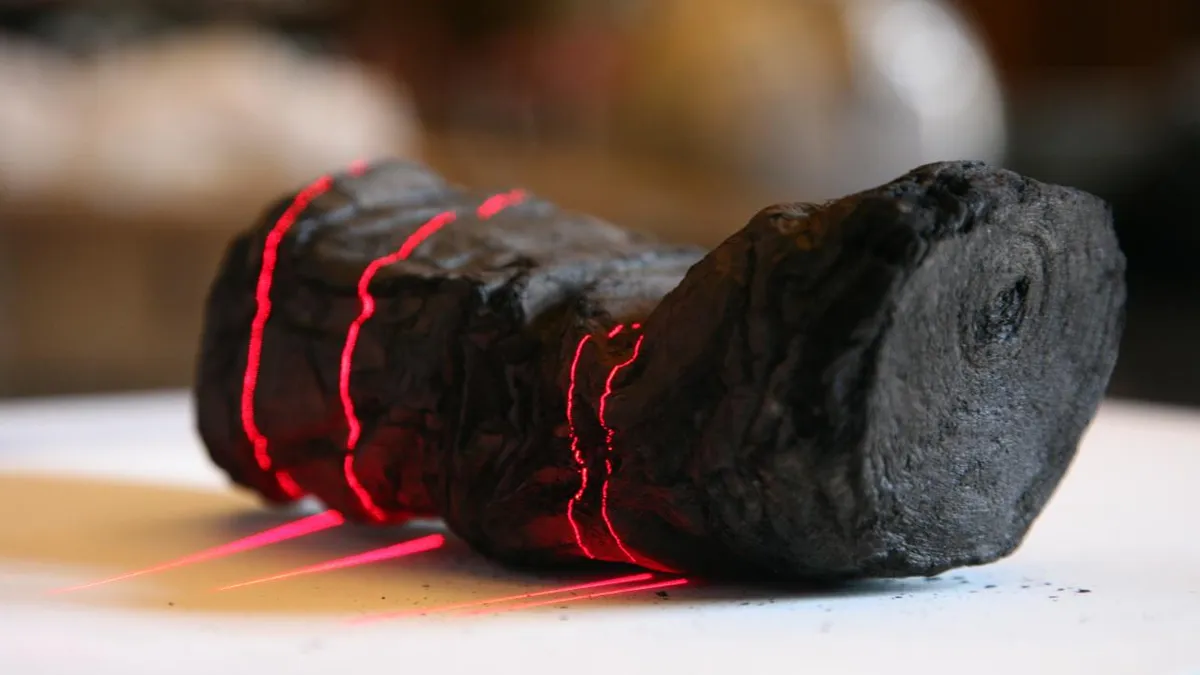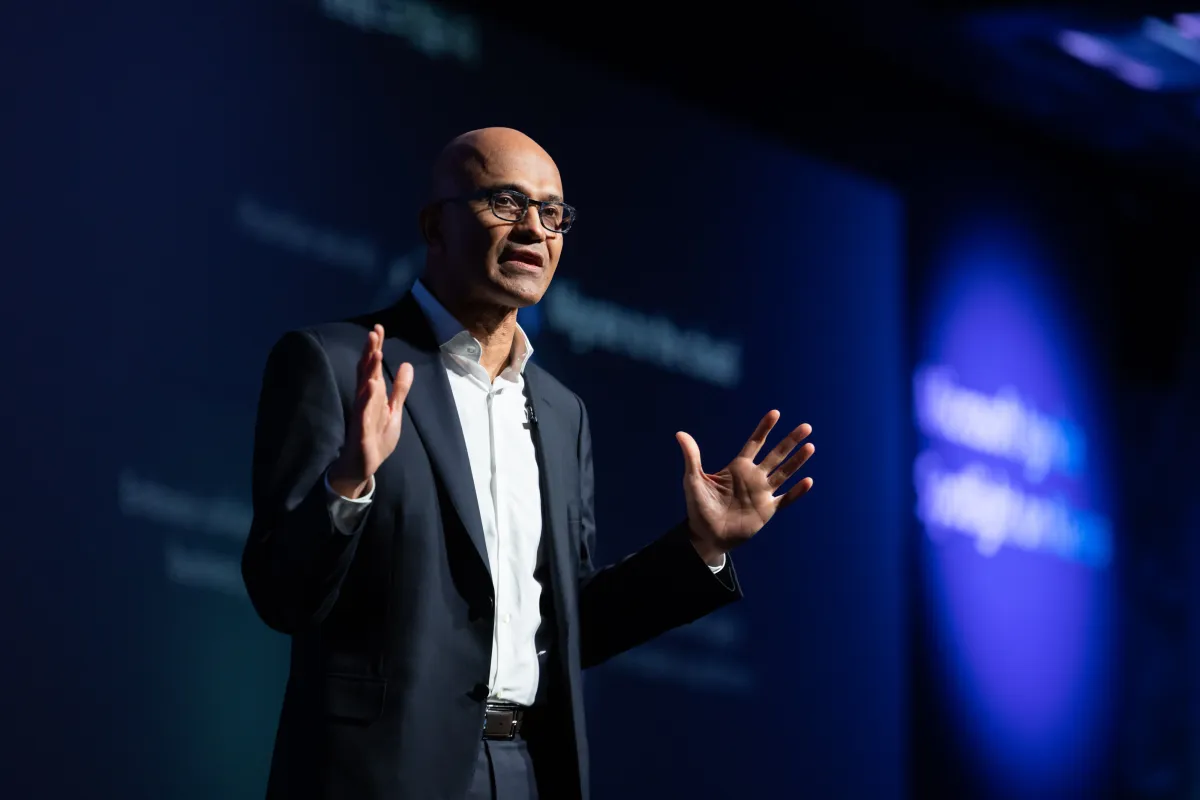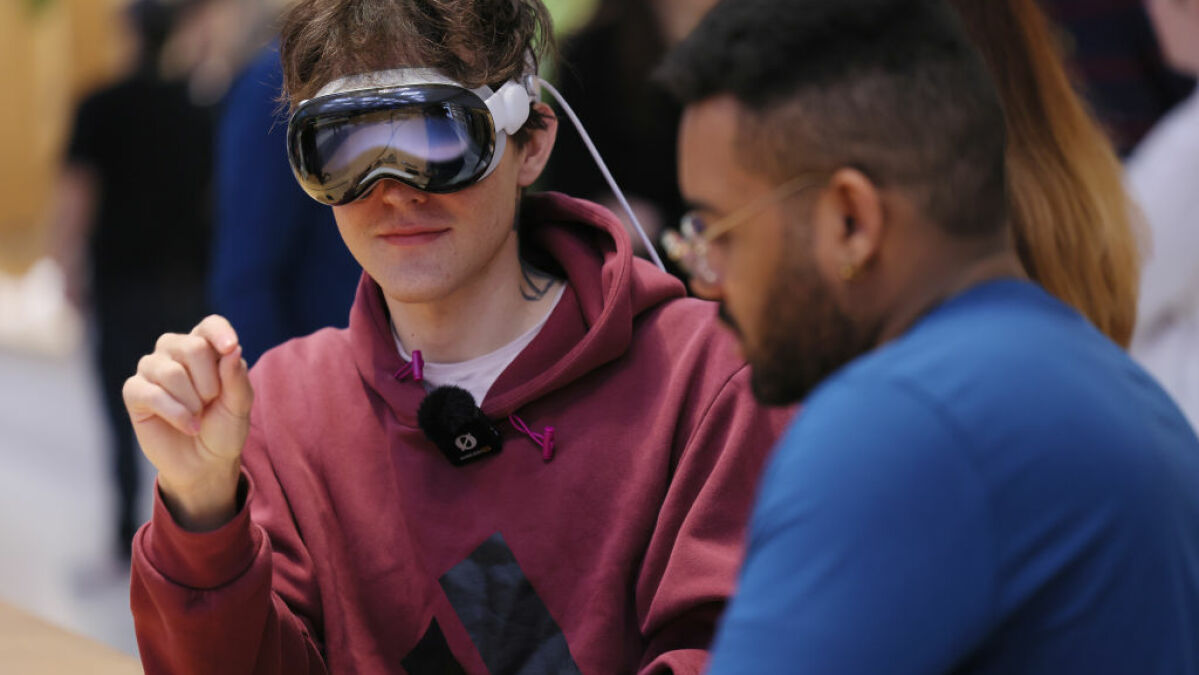OpenAI’s DALL-E 3 Image Generator Adds Watermarks to Support C2PA Standard
As more businesses adopt the Coalition for Content Provenance and Authenticity (C2PA) standards, the DALL-E 3 image generator will incorporate watermarks into image data.
OpenAI’s image generator, DALL-E 3, will now include watermarks in images.

OpenAI’s DALL-E 3 image generator is now incorporating watermarks and metadata from the Coalition for Content Provenance and Authenticity (C2PA) standards. This move is gaining momentum among companies who want to support this new standard, which ensures the authenticity and origin of media content.
Embracing the C2PA Standard
In an effort to verify the source and provenance of media content, the C2PA standard allows publishers, businesses, and other entities to embed metadata within their media. OpenAI’s DALL-E 3 model’s API and the ChatGPT website will now include watermarks and metadata from C2PA, with the option for mobile devices to have watermarks by February 12th. These watermarks consist of an invisible information component and a visible CR symbol in the upper left corner of each image.
Minimal Impact on Latency and Image Quality
OpenAI assures users that the addition of watermarks will not significantly impact latency or compromise the image quality. Despite concerns surrounding data transfer delays, OpenAI aims to maintain an optimal user experience. Notably, other companies like Adobe and Microsoft have joined forces with the C2PA to promote the use of watermarks as a way to determine the origin of media content, particularly in distinguishing between AI-generated and human-created content. Additionally, Meta (formerly known as Facebook) has committed to tagging AI-generated content on its social media platforms.
Verifying DALL-E 3 Model Usage
To ascertain if an image was produced using OpenAI’s DALL-E 3 model, users can utilize OpenAI’s tools and visit websites like Content Credentials Verify. By doing so, users can confirm if an image was created using ChatGPT or the DALL-E 3 model.
Limitations of Watermarking for Disinformation Prevention
While watermarking is a step towards combating disinformation, OpenAI acknowledges that it is not a foolproof solution. One of the challenges is the removal of metadata from posted content by social media platforms, which can occur either accidentally or intentionally. For example, taking a screenshot of an image would remove the metadata associated with it.
Q&A for Additional Topics
Q: Can you provide more information on the Coalition for Content Provenance and Authenticity (C2PA)?
A: The C2PA is an organization that promotes an open technical standard for embedding metadata within media content to verify its source and related information. This standard is gaining support from news organizations, camera manufacturers, and other entities to ensure the provenance and authenticity of media content.
Q: How does watermarking impact the latency of image processing?
A: OpenAI assures users that the addition of watermarks will not significantly affect latency, meaning the transfer of data lag will be minimal, ensuring a seamless user experience.
Impact and Future Developments
The incorporation of watermarks and metadata from C2PA in OpenAI’s DALL-E 3 image generator marks a significant step towards ensuring the authenticity and provenance of media content. This move is aligned with the Biden administration’s executive order on AI, which emphasizes the identification of AI-generated information. However, while watermarking is a helpful tool, it is not entirely foolproof due to the ease with which metadata can be removed or modified in certain contexts. As technology advances, there is a need to continually improve and refine methods of verifying the origin and authenticity of media content.
References
- C2PA – Coalition for Content Provenance and Authenticity
- OpenAI’s DALL-E 3 Watermarking Announcement
- Biden Administration’s Executive Order on AI
- Adobe Collaboration with C2PA for Material Credentials Watermark
- Meta’s Commitment to Tagging AI-Generated Content
Hey readers! How do you feel about OpenAI’s DALL-E 3 image generator incorporating watermarks for authenticity? Do you think this will be effective in combating disinformation? Share your thoughts and opinions below! 🤔💬
Don’t forget to share this article if you found it valuable! Let’s spread the knowledge! 😄📣






